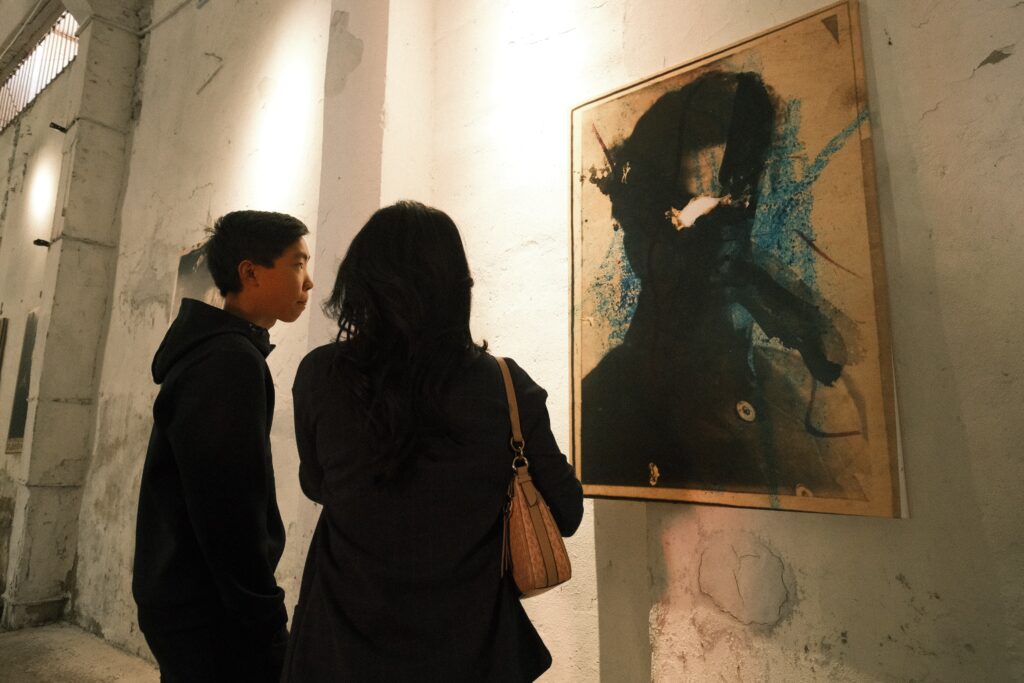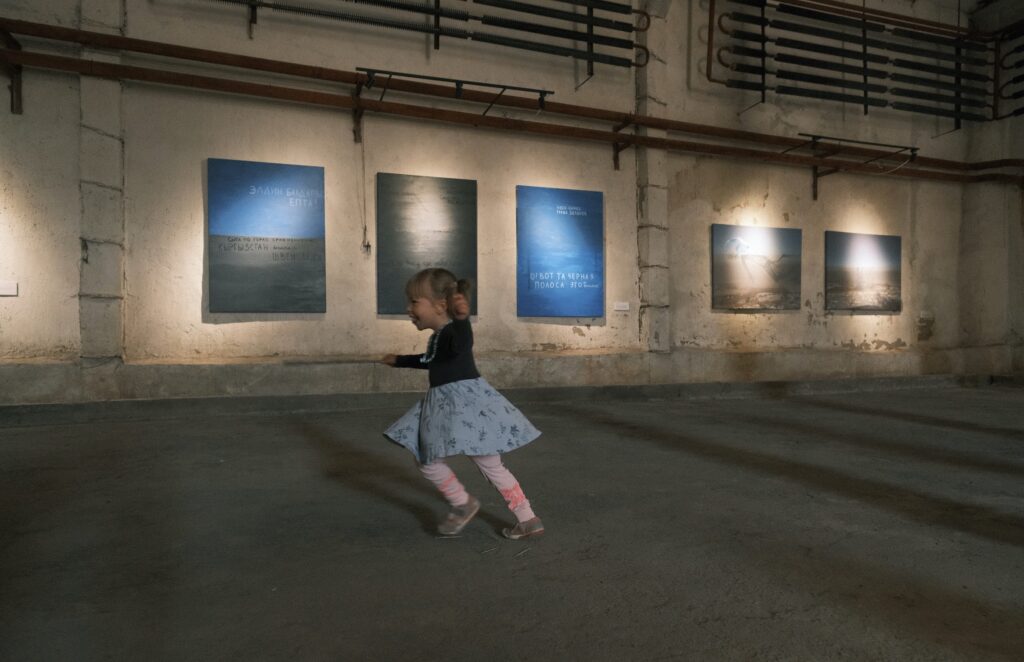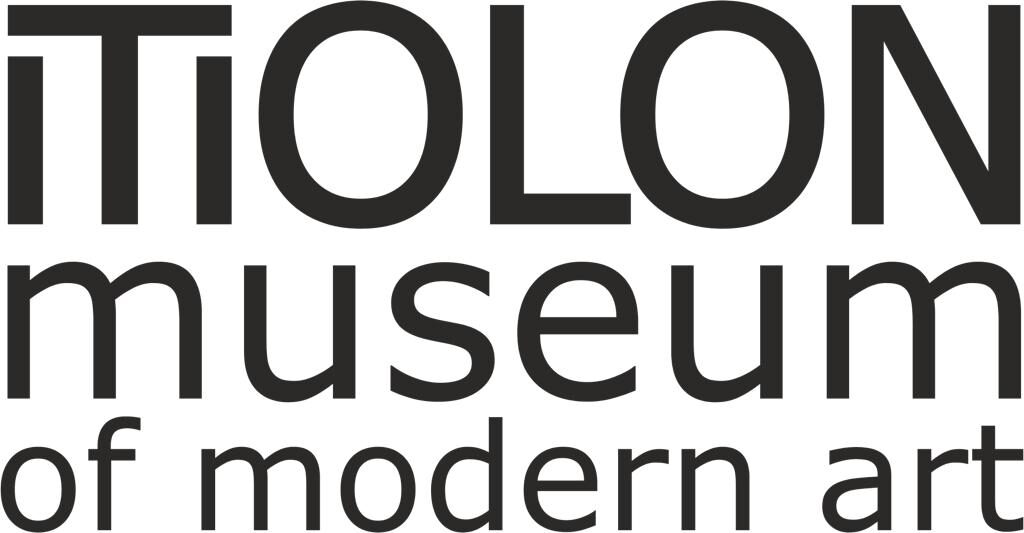Participants of the exhibition:
Aibek Mailybashev, Aizuura Bakalova, Darina Manasbel, Zhanna Tabushalieva, Bakyt Sargazanov, Zulaika Yesentaeva, Marat Raimkulov, Meder Ahmetov, Munara Abdukakharova, Olesya Roskos, Rahat Kyzy, Dmitriy Petrovskiy, Sonata Raimkulova, Ulan Japarov, Chyngyz Aidarov, Emil Tilekov, Ernst Abdrazakov, Dilyara Halmurzina

Where are you going? To the labyrinth, to the Minotaur. The minotaur is the labyrinth – these are its properties. These properties become part of the conditions of the labyrinth – in other words, there is no labyrinth in itself – the labyrinth is the result of a meeting between those who have come to the labyrinth and those who inhabit it.
Taking into account that there is no labyrinth in itself, just as there is no “thing in itself”, there are no artworks in themselves, the exhibition “Myna Keldik” is not a review of old artworks, of what pre-existed, but an encounter in the labyrinth. A meeting in a labyrinth that does not exist until an artist comes to it. The labyrinth doesn’t exist, the artists don’t exist – these non-existent things meet, and that’s when the labyrinth and artworks come into existence.
An even greater challenge is the need for the work to appear in the viewer – the work does not exist in itself, it does not pre-exist somewhere in the exhibition – somewhere in Kuntuu, somewhere in the labyrinth. It happens to each viewer when he or she meets the work in the labyrinth. The encounter is the basic condition for the possibility of the work. But the encounter itself is made possible by the artwork. Without work there is no encounter, without encounter there is no work. A closed, mutually exclusive paradox. And this form of paradox is characteristic of the works of contemporary artists.

